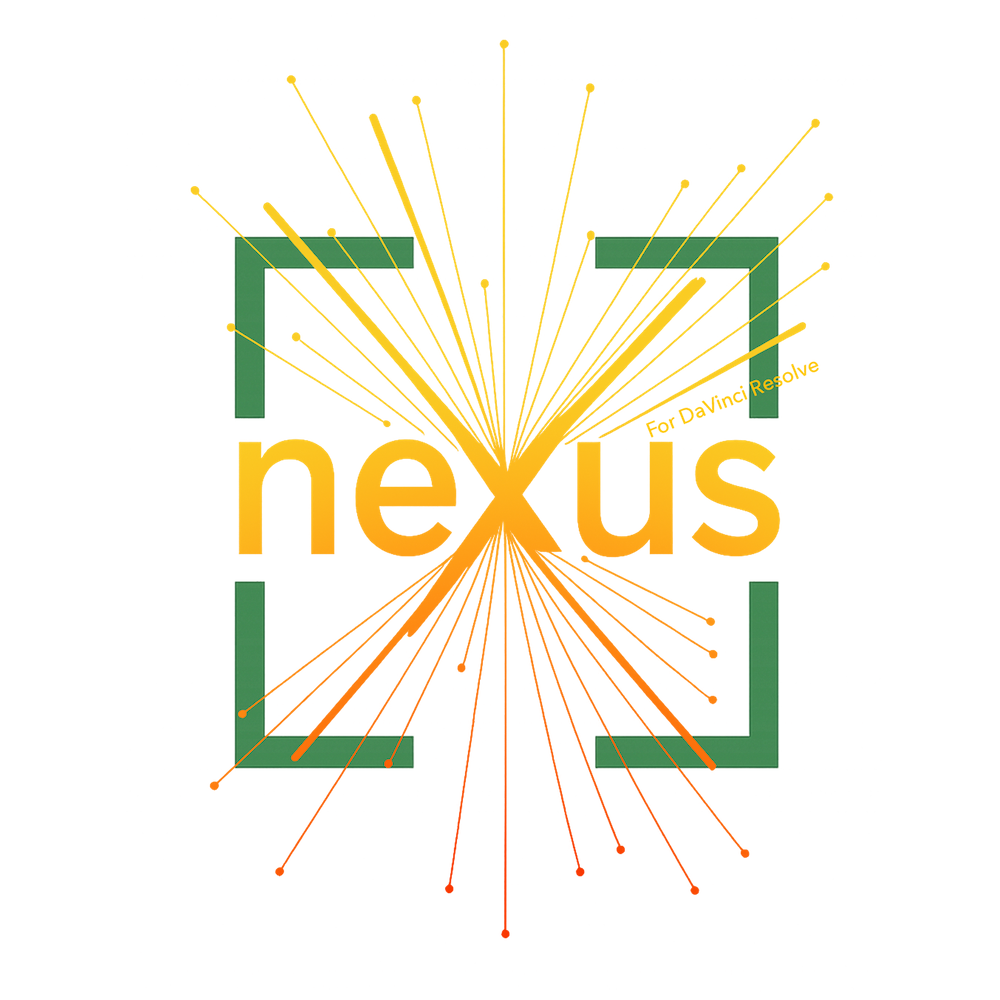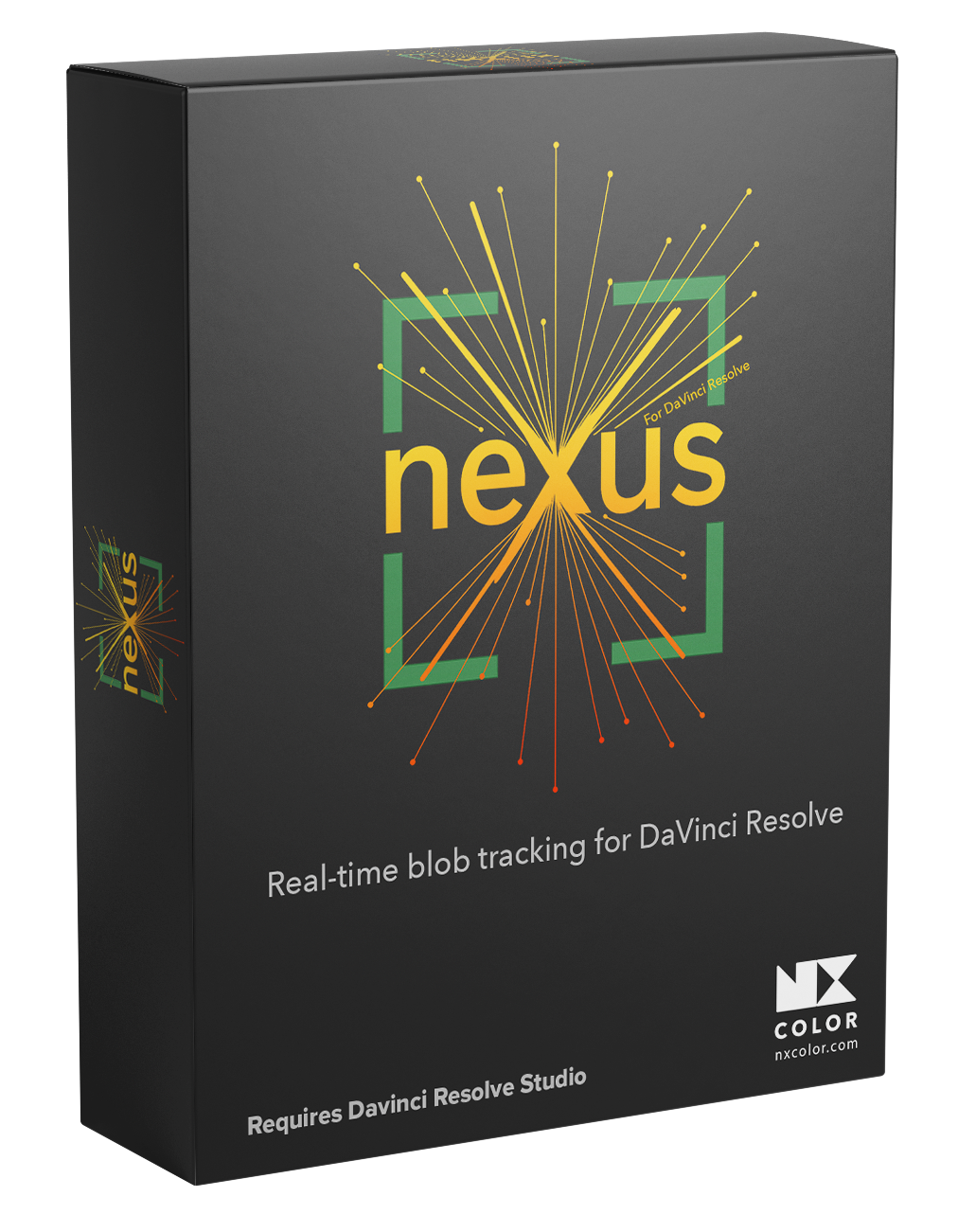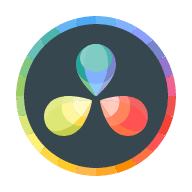
Advanced blob tracking and visualization for DaVinci Resolve, bringing TouchDesigner-style real-time motion analysis to your footage.

Nx Nexus
Nx Nexus brings advanced blob tracking and visualization to DaVinci Resolve, offering real-time motion analysis inspired by TouchDesigner-style creative systems.
Intelligently detect and track multiple objects simultaneously using luminance, edge, and color-based detection modes, delivering precise results across any footage. With a range of cinematic HUD overlays, dynamic connection patterns, and stylized visual effects, Transform simple motion data into engaging, futuristic visuals.
Intelligent Multi-Mode Detection
Real-Time Multi-Object Tracking
Cinematic HUD Styles
Dynamic Connection System
Tracker Zoom & Focus
Smart Information Overlay
Debug & Analysis View
Available in Edit / Fusion / Color Page
Detection Modes Overview
Nx Nexus offers four intelligent detection modes, each optimized for different tracking scenarios.
Choose the mode that best matches your footage and creative intent.
Luminance Mode (Hybrid Detection)
Best for: General-purpose tracking, bright objects, high-contrast scenes
Luminance mode uses a sophisticated hybrid approach that combines brightness analysis with edge detection. The algorithm evaluates both the luminance values and edge strength to identify regions of interest. This dual-layer detection makes it exceptionally reliable for tracking well-lit subjects, light sources, reflections, and any objects with clear brightness contrast against their background. It’s the go-to mode for most tracking scenarios, offering robust performance across diverse lighting conditions.
Edges Mode (Contour Detection)
Best for: Defined shapes, silhouettes, architectural elements, motion graphics
Edges mode focuses exclusively on detecting strong contours and boundaries using advanced Sobel gradient analysis. This mode excels at tracking objects with well-defined shapes and clear outlines, regardless of their color or brightness. It’s particularly effective for architectural elements, graphic overlays, text, logos, and any subject where shape definition is more important than color or luminance. The algorithm ignores subtle gradients and focuses on sharp transitions, making it ideal for clean, geometric tracking.
Saturation Mode (Colorful Regions)
Best for: Vibrant colors, saturated objects, color-based isolation
Saturation mode detects regions based on color intensity and purity, automatically filtering out grayscale and dark areas. The algorithm analyzes color saturation while requiring a minimum brightness to ensure tracked colors are visible and vibrant. This mode is perfect for tracking colorful clothing, painted objects, neon signs, colored lights, or any saturated elements in your scene. It intelligently ignores desaturated and shadowed areas, focusing only on the most colorful regions.
Select Color Mode (Precision Color Tracking)
Best for: Specific color isolation, color-based keying workflows, targeted tracking
Select Color mode offers precision tracking of a specific color chosen via the color picker. Using advanced HSV color space analysis, the algorithm calculates color similarity with weighted emphasis on hue, saturation, and brightness. The threshold slider controls color tolerance—lower values require exact matches, while higher values accept a broader color range. This mode works in dimmer conditions compared to Saturation mode, making it ideal for tracking specific colored objects even in challenging lighting situations.
Pro Tip: Use the Debug Visualize Detection mode to see exactly what each detection mode is analyzing in your footage, helping you choose the optimal mode and fine-tune your threshold settings.
Features Overview

Perfect for:
- Motion graphics and title sequences
- Sports analysis and tactical overlays
- Surveillance and security footage enhancement
- Music videos and creative storytelling
- Glitch art and experimental effects
- Gaming content and esports broadcasts
- Scientific visualization and data presentation
System Requirements



Works on macOS, Windows and Linux
(Metal, CUDA & OpenCL Modes Supported)
Requires DaVinci Resolve Studio 20 and Above.